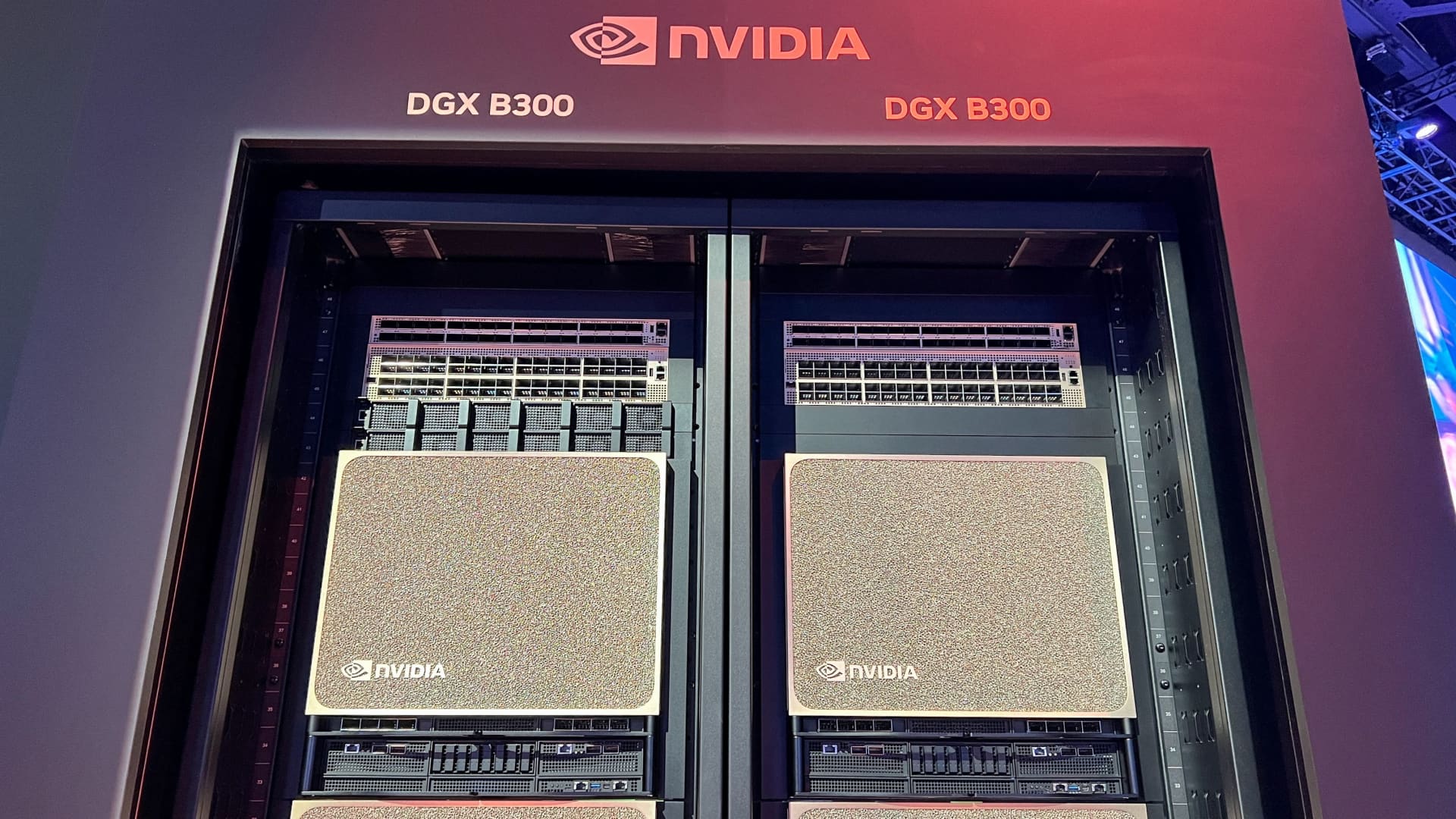Goldman Sachs spotlighted a slew of artificial intelligence-related beneficiaries that it believes the market is not yet fully appreciating. Analyst James Schneider issued buy ratings on Nvidia , Broadcom , Cadence Design Systems and Synopsys . The analyst said he is most constructive on merchant and select custom silicon and electronic design automation (EDA) software vendors that are tied to ongoing AI-related spending. He predicted the inference market will see a dramatic growth uptick over the next five years led by hyperscalers and beyond. “We believe the AI investment cycle is in a state of transition, with over $350bn in CapEx spent on AI infrastructure,” he said. “Although monetization has been elusive, we see early signs of incremental revenue and much clearer evidence of cost takeout to justify these investments — and we believe AI CapEx can sustain growth from current levels.” Schneider highlighted that early signs of AI use cases — such as driving corporate headcount reductions and greater sales — have emerged and created a path towards reinvestment into future growth. As AI model training and use cases evolve, he sees a “barbell” approach to semiconductor investments emerging, which involve what he calls “performance and software ecosystem leaders” and “low-cost custom silicon leaders that drive greater affordability.” Schneider has price targets on Nvidia and Broadcom of $185 and $315, respectively. That implies upside of more than 13% for each stock. Both stocks are up around 20% for the year. Nvidia will remain the biggest beneficiary of the ongoing AI infrastructure buildout, Schneider said. He’s optimistic on the company’s broadening customer base, product leadership and rapid new releases as well as its attractive valuation that he thinks can drive stock outperformance in the medium term. Chipmaker Broadcom should drive outsized market share in custom silicon for hyperscalers, Schneider said. “Broadcom also continues to generate steady, growing profitability in its infrastructure software business,” Schneider said, adding that AI will likely comprise over 40% of the company’s revenue by 2026. “We see the stock’s premium valuation as justified by the visibility provided by sole-sourcing at silicon accounts and the mission-critical nature of its software portfolio.” Schneider also likes Cadence, which makes software and hardware for chip design. He called the company a high-quality compounding business with multiple growth drivers. Year to date, shares are up 7%. Goldman’s $380 price target on the stock signals upside of 17.7%. Synopsys, another chip design stock Schneider likes, is up more than 13% in 2025. “We see long-term growth driven by the diffusion of custom chip design across a broader range of customers with an outsized need for IP, although we acknowledge ongoing potential headline risk from China export restrictions,” he said. Goldman’s $620 price target on Synopsys points to a gain of 12.5%.





